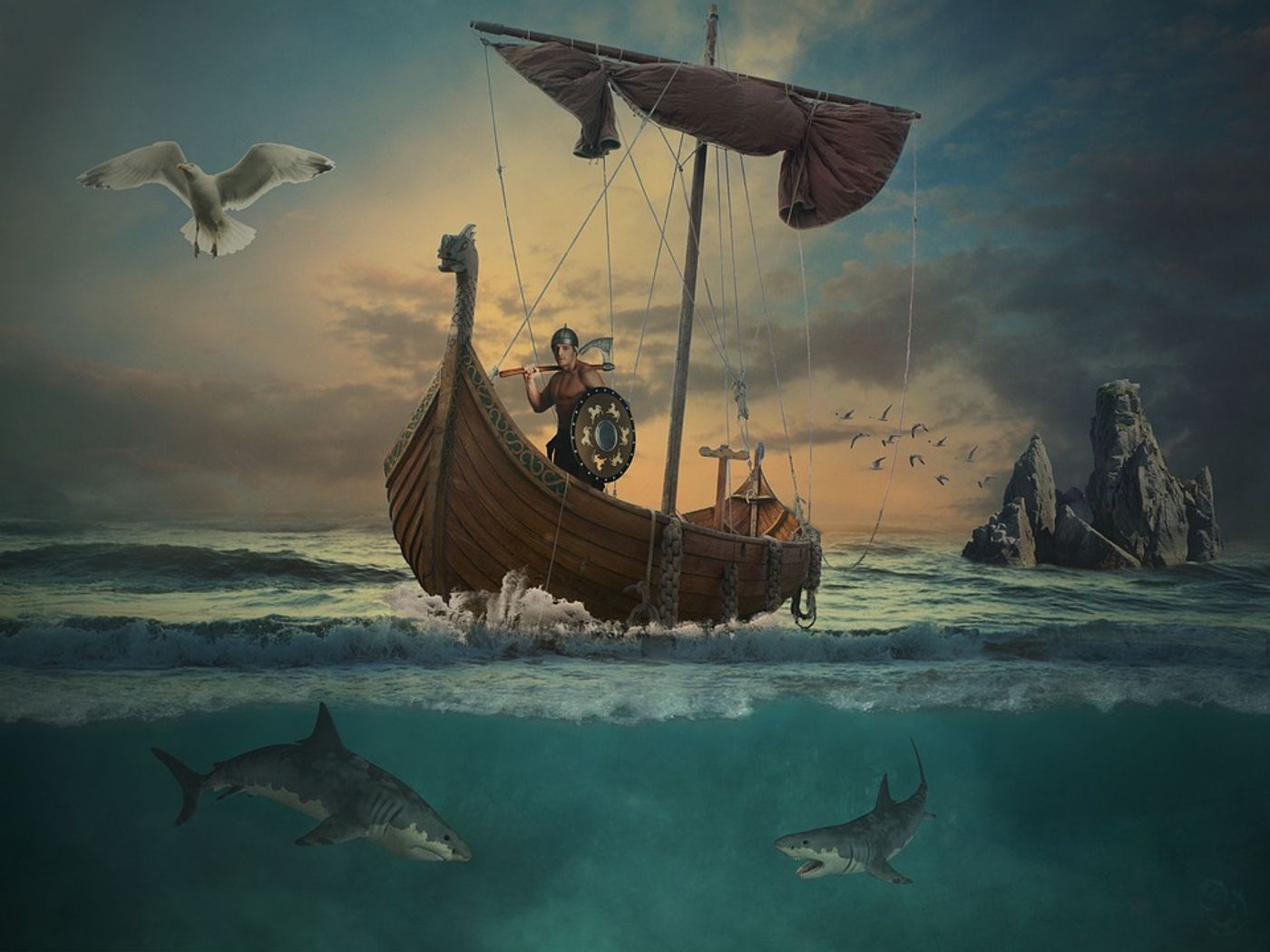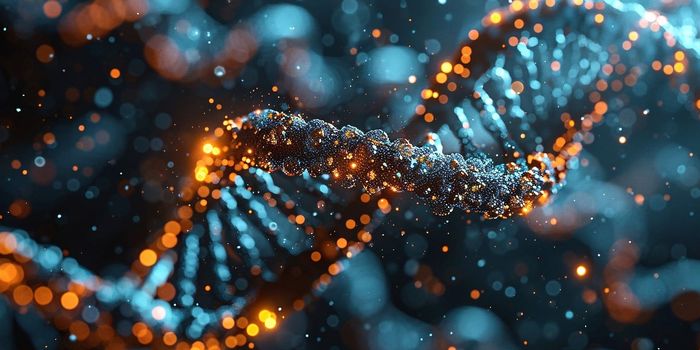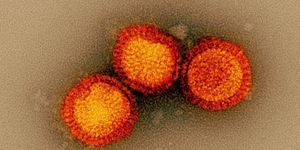The Vikings Were More Genetically Diverse than their Modern Counterparts
There are few ancient groups who are as well-known as the Vikings, or the seafaring people originally form Scandinavia (today, this is Denmark, Norway, and Sweden) best known for their pirating, trading, raiding, and settlement throughout Europe from the 8th through 11th centuries.
For most European populations, ancestry can be traced to three genetic sources: 1) European Mesolithic (the Middle Stone Age period) hunter-gatherers, 2) Anatolian (modern-day Turkey) Neolithic farmers, and 3) early Bronze Age groups from the Steppe (a stretch of 5,000 miles from Hungary through Central Asia). What’s less clear, however, is the impact of migration into Scandinavia after the Bronze Age.
The fall of the Roman Empire led to a migratory period throughout Europe, especially into parts of Scandinavia. This shift in activities like new settlements, increased trade, and the flow of customs gave way to the Viking Age. The Viking Age itself was not entirely new at this point as there has been some Scandinavian kingdoms throughout Europe before this newer expansion period. The question that remained, however, was how the genetic record of the Vikings changed over time.
A new study, led by Ricardo Rodriguez-Varela from the Centre for Palaeogenetics in Sweden, sought to answer how the Scandinavian genome changed over time. They compared the genomes of 300 people buried throughout Scandinavia (who had died over the last 2,000 years) with the genomes of around 16,000 contemporary Scandinavians and 9,000 Eurasians (broadly defined). Results suggested that the Viking Age Scandinavians were more genetically diverse than modern day Scandinavians.
Previous studies reported similar results—that the Vikings were characterized by significant transregional engagement and distinct European groups influenced their genetic makeup, especially as ancient Scandinavians increased their contact with the rest of the continent. In other words, due to new settlements and trade routes (and other factors like slavery), the Vikings were a genetically diverse group.
The surprising results of this study actually center on the gene pool of modern-day Scandinavians, and the fact that they are less genetically diverse than their ancestors—which was unexpected. This could mean that once Viking Age migrants settled, they had less children ,or contributed less to the gene pool in some other way. For example, results indicate that the ancestry—especially eastern Baltic and British-Irish—was female biased. This could play out in a few scenarios, one of which is that men often served Christian missionaries and while they were arriving in Scandinavia during this period, they were not contributing much to the gene pool.
Results from this study, broadly, indicate that the Viking Age and associated migratory patterns are complicated. Genomes tend to reveal big, broad patterns of interactions and here they suggest that while there were significant interactions among Viking groups and others, the story remains more complicated. Future research focused on combining archaeological and genetic evidence may be able to illuminate more about the complicated history of the Vikings.









